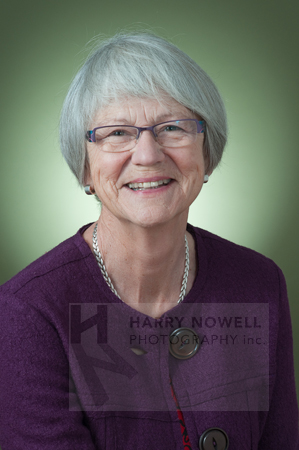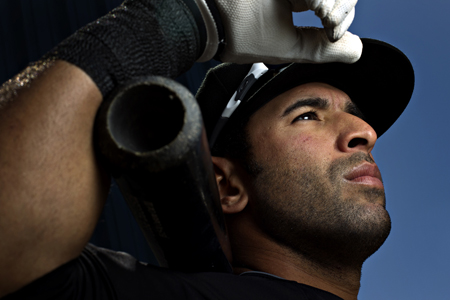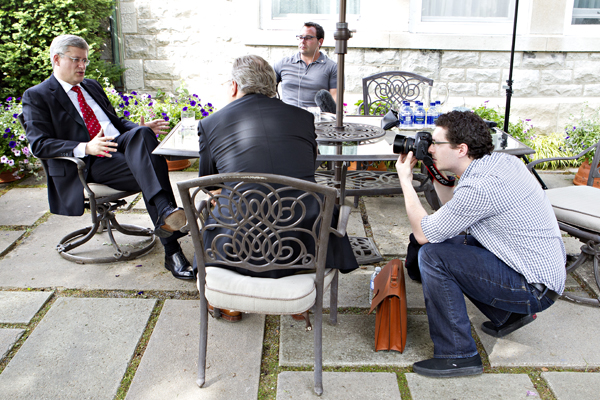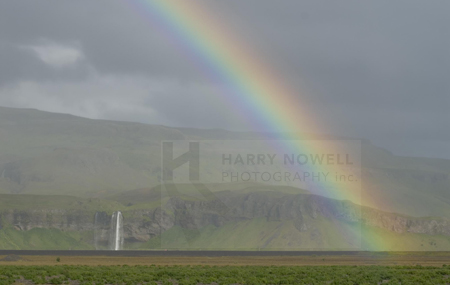Last year Mercedes Déziel Hupé completed many of our photo classes to graduate from the ProProgram. Trumpets cheered and people applauded.
Mercedes took the ProProgram as she wanted to strengthen her résumé for communications work in the Arts community. Having photo skills is a benefit when looking for work in comms fields.
Others participate in the ProProgram for different reasons – the most common is looking for a career change as someone’s interests change or due to layoffs.
What is Mercedes doing now?
Mercedes now works at the Ottawa Art Gallery – a non-profit, public art gallery.
… And she continues to pursue her personal passion in dance and photography as she presents her first exhibit this week at Avant Garde this week.
Details:
Ballet in the Streets
Vernissage: Thursday, January 12 at 7 pm
Avant-Garde Bar & Gallery
135 1/2 Besserer St, Ottawa
See you there!
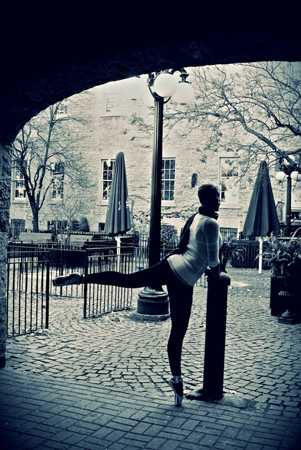
"Ballet in the Streets" photo exhibit - Mercedes Déziel Hupé
Mercedes describes “Ballet in the Streets”
“This collection of photographs is my tribute to my time as a dancer, from classical to contemporary. Through photography, I embrace a new side of this otherwise ephemeral art form.
I have been inspired by great photographers such as Lois Greenfield, whose studio approach to dance photography is unmatched. I am also inspired by the “Ballerina Project” which is a New York based phenomenon that celebrates the Big Apple as a creative hub.
Originally from the Capital region, I have experienced Arts as being overshadowed by politics. I photographed ballerinas and contemporary dancers in urban and industrial settings to emphasize how different they are from the environment in which we live. Despite the fact that they seem to stand out, the idea is the showcase the beauty and relevance of dance, especially in this fast-paced image-led world.
The dancer is a complete artist; from daily regimen to rehearsal, to exercises and performance. A dancer embodies strength, yet the dancer is surrounded by precarious circumstances. Dance changes everyone, from the performer to the spectator, the hobbyist and the photographer.
A dancer can be molded, but a dancer is usually born. It’s in the urge to move, to feel beauty and life, through your body. I wanted to show how dance shows through very easily. And how it is part of a dancer’s life, every day, everywhere.
By presenting dance outside of its normal frame of reference, whether that be the stage or the classroom, I state not only the existence, but the effervescence of dance in the capital region. I wish to render dance accessible and encourage reflection by bringing the dancer to the street.“


